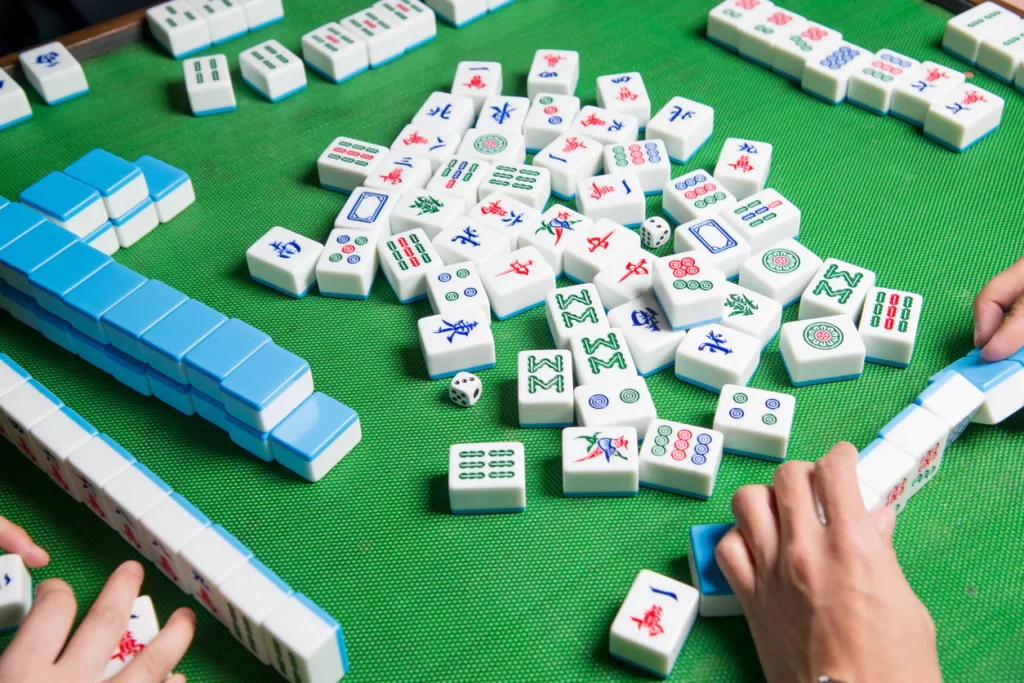Mahjong is a captivating and time-honored game that traces its roots back to ancient China. With a rich history and intricate gameplay, it has transcended time and borders, captivating players around the world. In this article, we explore the origins of Mahjong, its gameplay, and the cultural significance that makes it a cherished pastime for generations.
A Glimpse into History:
Mahjong is believed to have originated during the Qing Dynasty in China. While its exact origins are still debated, the game gained popularity in the early 20th century. Originally played by the Chinese elite, it soon became accessible to people of all backgrounds, spreading across Asia and eventually reaching international shores.
The Mahjong Tiles and Their Symbolism:
The game is played with a set of 144 intricately designed tiles, each carrying its unique symbolism and meaning. The tiles are divided into three categories: suits, honors, and flowers. Understanding the significance of the tiles adds depth to the gameplay and immerses players in its cultural context.
The Gameplay:
Mahjong is a tile-based game played with a set of prescribed rules and various regional variations. The goal is to create specific sets of tiles through drawing and discarding, spider solitaire strategic thinking and anticipation to form winning combinations.

Social and Cultural Significance:
Mahjong is more than just a game; it holds significant cultural value for many communities. Families and friends come together to bond, socialize, and pass down traditions through Mahjong sessions. It fosters intergenerational connections and provides a medium for cultural exchange.
The Four Winds and Seasons:
The game introduces players to the concept of the four winds and seasons, represented by specific tiles. These elements add an extra layer of depth and symbolism to the game, contributing to its allure.
Mahjong in the Modern World:
While deeply rooted in tradition, Mahjong has adapted to the modern era. It has made its way into the digital realm, with online platforms and apps enabling players to enjoy the game virtually, connecting people from different corners of the globe.
Mahjong Tournaments and Competitions:
Mahjong’s popularity has given rise to competitive tournaments and events worldwide. These gatherings celebrate the game’s skill and strategic aspects, bringing players together to showcase their prowess.
Conclusion:
Mahjong remains an enduring symbol of tradition, strategy, and camaraderie. Its gameplay and symbolism have bridged cultures and generations, making it a beloved pastime that continues to thrive in the modern era. Embracing Mahjong means embracing a piece of history and a connection to the world’s cultural tapestry.
